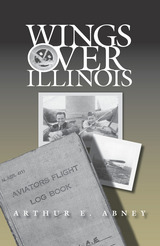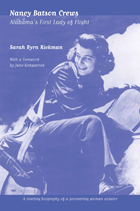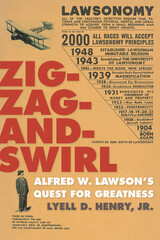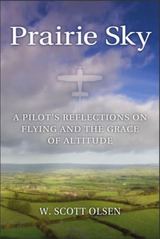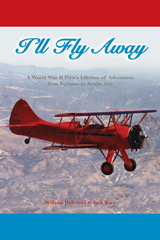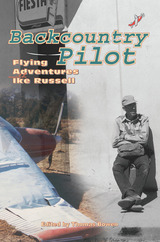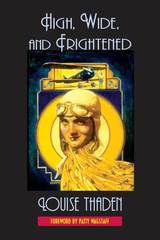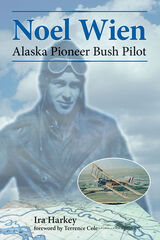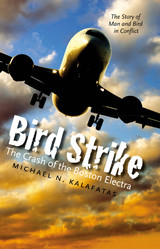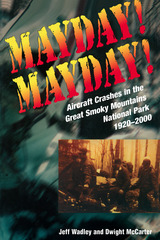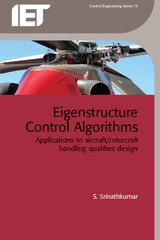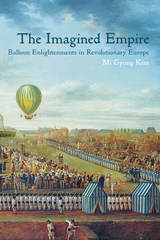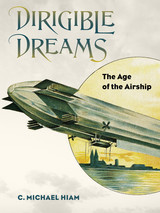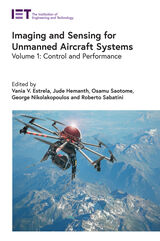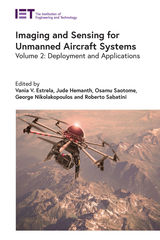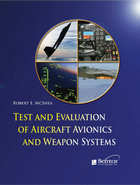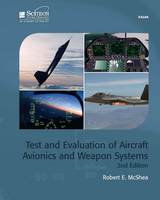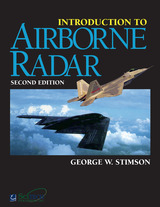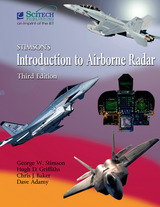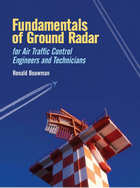Bird Strike: The Crash of the Boston Electra
Brandeis University Press, 2010
eISBN: 978-1-61168-815-3 | Cloth: 978-1-58465-897-9
Library of Congress Classification TL553.525.M4K35 2010
Dewey Decimal Classification 363.12465
eISBN: 978-1-61168-815-3 | Cloth: 978-1-58465-897-9
Library of Congress Classification TL553.525.M4K35 2010
Dewey Decimal Classification 363.12465
ABOUT THIS BOOK | AUTHOR BIOGRAPHY | TOC
ABOUT THIS BOOK
On a warm and golden afternoon, October 4, 1960, a Lockheed Electra jet turboprop carrying 72 souls took off from Logan Airport. Seconds later, the plane slammed into a flock of 10,000 starlings, and abruptly plummeted into Winthrop Harbor. The collision took 62 lives and gave rise to the largest rescue mobilization in Boston’s history, which included civilians in addition to police, firefighters, skindivers, and Navy and Coast Guard air-sea rescue teams. Largely because of the quick action and good seamanship of Winthrop citizens, many of them boys in small boats, ten passengers survived what the Civil Aeronautics Board termed “a non-survivable crash.” Using firsthand interviews with survivors of the crash, rescuers, divers, aeronautics experts, and ornithologists, as well as a wide range of primary source material, Kalafatas foregrounds the story of the crash and its aftermath to anchor a broader inquiry into developments in the aeronautics industry, the increase in the number of big birds in the skies of North America, and the increasing danger of “bird strikes.” Along the way he looks into interesting historical sidelights such as the creation of Logan Airport, the transformation of Boston’s industrial base to new technologies, and the nature of journalistic investigations in the early 1960s. The book is a rare instance when an author can simultaneously write about a fascinating historical event and a clear and present danger today. Kalafatas calls for and itemizes solutions that protect both birds and the traveling public.
See other books on: Aircraft accidents | Aviation | Boston | Crash | Massachusetts
See other titles from Brandeis University Press


